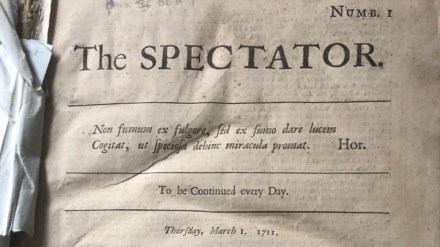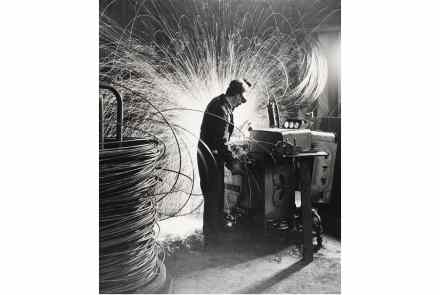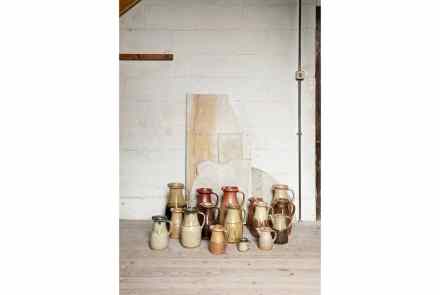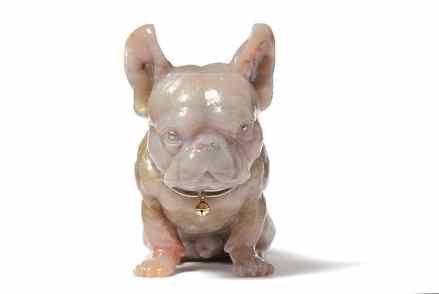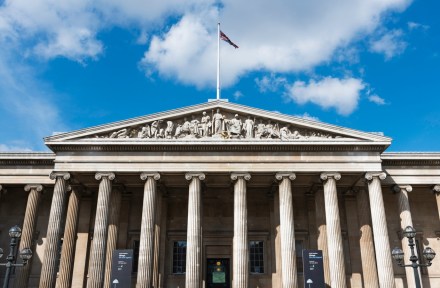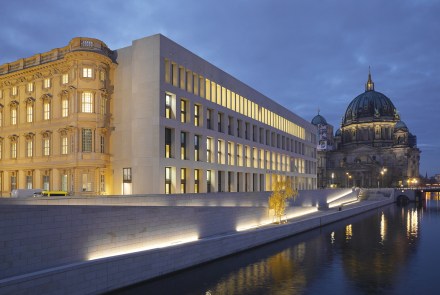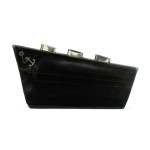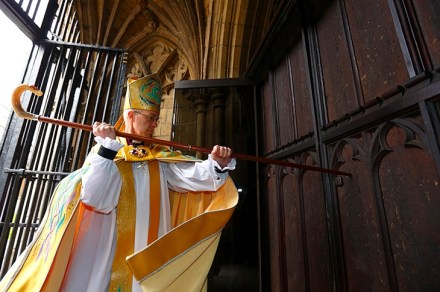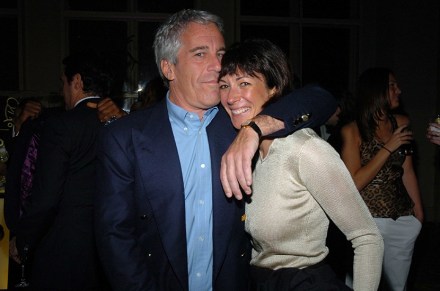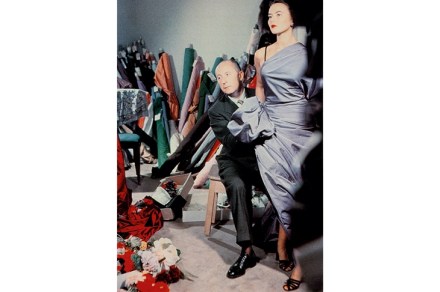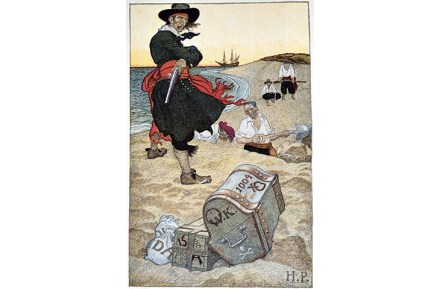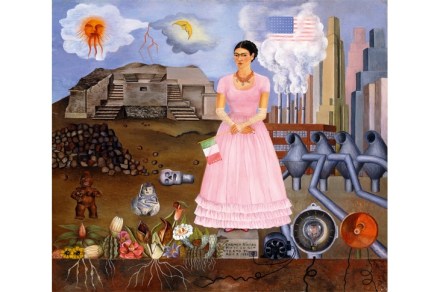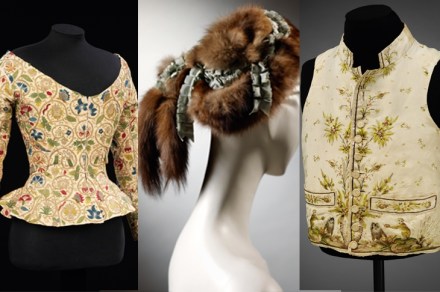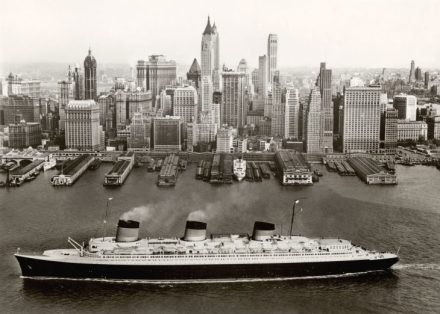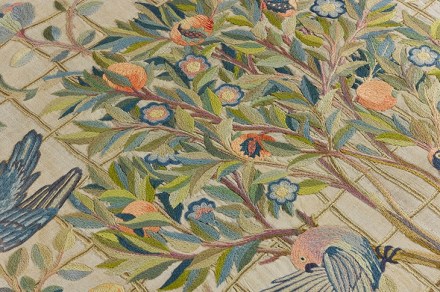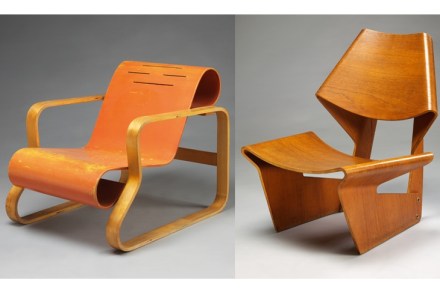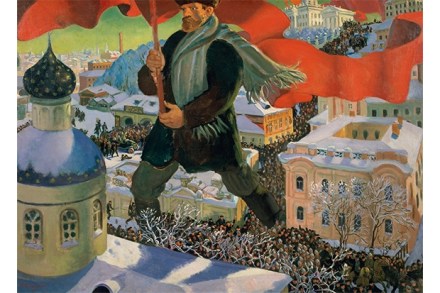How I tried to buy The Spectator
The Victoria and Albert Museum kindly threw me a leaving party after eight years as chair, plus a particularly apt present: a specially commissioned illuminated V&A logo made from powder-coated steel by the designer Toby Albrow. The logo is a reference to my megalomaniacal taste for giant logos atop museum buildings. We have placed a huge one on the roof of the Young V&A in Bethnal Green, and an even bigger one – 20 feet high – on the new V&A East in Stratford, visible from three miles away in Canary Wharf. What an exhilarating and happy gig the V&A has been. I’m going to miss it and the people.
